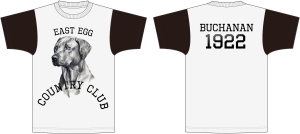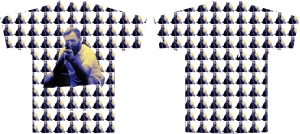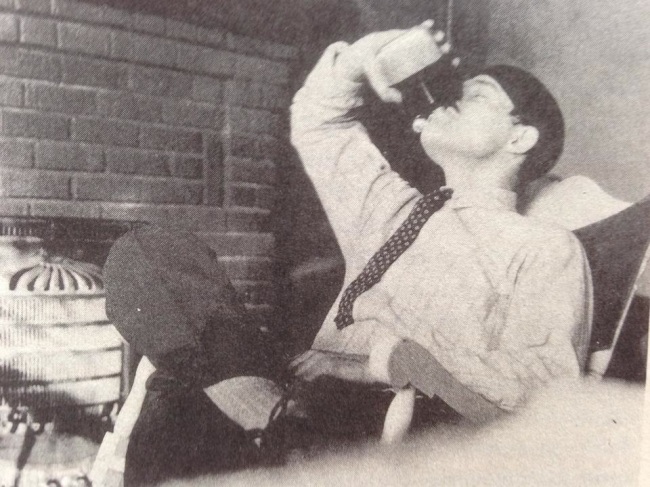Tag Archives: 1920s
Novelist Forefathers: Hemingway
Now that we established a loose foundation on what the Lost Generation did, we can turn towards whom the Lost Generation were as modernist writers. Fore founders of the Lost Generation included Ernest Hemingway, Gertrude Stein, F. Scott Fitzgerald, John Dos Passos, T.S. Elliot and many more who associated with them. To start off, lets have a basic look at the life of Ernest Hemingway during the Lost Generation years.
Originally from Oak Park , Illinois Hemingway first found writing work as a cub reporter for Kanas City Star and later on at Toronto Star as a foreign correspondent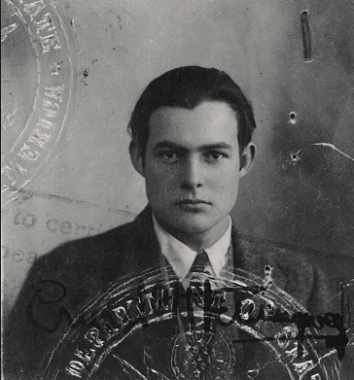 . Many agree that his work as a journalist is seen in his observing writing prose. After writing for Kanas City and before his time at the Toronto Star Hemingway enlisted in the Italian army during World War I, later suffering an injury that was a direct inspiration for his novel A Farewell to Arms published in 1929. Main character Henry also was enlisted in the Italian war and suffered an injury in addition to the on going fling between him and his love interest Catherine in the novel. Hemingway also took this tidbit from his own life whom he based Catherine off a nurse who helped him recover from his injury in Milan during the war named Agnes von Kurowsky.
. Many agree that his work as a journalist is seen in his observing writing prose. After writing for Kanas City and before his time at the Toronto Star Hemingway enlisted in the Italian army during World War I, later suffering an injury that was a direct inspiration for his novel A Farewell to Arms published in 1929. Main character Henry also was enlisted in the Italian war and suffered an injury in addition to the on going fling between him and his love interest Catherine in the novel. Hemingway also took this tidbit from his own life whom he based Catherine off a nurse who helped him recover from his injury in Milan during the war named Agnes von Kurowsky.
In his return from the war, Hemingway was married his first wife, sister of his roommate and eight years his senior, Hadley Richardson while he lived in Chicago he and his wife were introduced to novelist Sherwood Anderson who planted the seed of Paris within Hemingway. Anderson returning from a recent trip himself claimed Paris was the place to be, the creative atmosphere he described hooked Hemingway right away. Anderson ended up being a helpful resource, giving Hemingway names of notable people to get in contact with once in town.
Such was the first signs of the Lost Generation forming, in 1921, coming in contact with Sylvia Beach owner of the popular English Literature bookstore Shakespeare and Company, Gertrude Stein (her own blog post next week), and Ezra Pound a London poet.
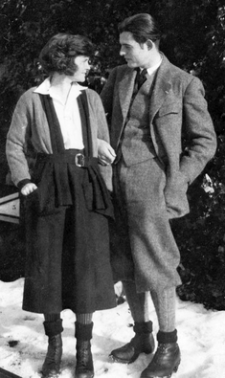 Hemingway lived above a Dance Hall that attracted a rough crowd and described them as “young and tough and enjoy[ed] life, without respecting it, they sometimes hit too hard or [shot] too quick” a quote that can be applied the mentality of many of his characters in his novels. Often too that was the thought of the new generation of Prohibition thrill seekers back in the States.
Hemingway lived above a Dance Hall that attracted a rough crowd and described them as “young and tough and enjoy[ed] life, without respecting it, they sometimes hit too hard or [shot] too quick” a quote that can be applied the mentality of many of his characters in his novels. Often too that was the thought of the new generation of Prohibition thrill seekers back in the States.
The feeling of being ‘Lost’ in this new city, and not completely belonging in America or Paris was a constant sediment of all the writers in the Lost Generation. Hemingway in a letter to an old fishing friend Bill described this feeling of displacement perfectly, “We can’t ever go back to the old things. We have them as we remember them and they are fine and wonderful and we have to go on and have other things because the oldthings are nowhere except in our minds now” (1923).
Hemingway was constantly revisited by his past life in America, with the idea of the relationship between a place and writing later he wrote about Paris in the same way he wrote about America when he visited Spain in the summer of 1925. There he also gained inspiration from the Pampolona fiesta for novel The Sun Also Rises, published in 1926. Hemingway was met with critical praise from this novel for the authentic minimal dialog and snapshot imagery he describes.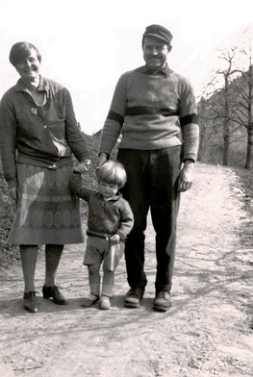
After a brief hiatus to Toronto to have his first son with Hadley, Hemingway returned to Paris where he finished the Sun Also Rises after another couple visits to Spain, but as the novel entered completion his marriage did as well. Hadley became aware Hemingway’s lover Pauline (who later became his second wife) and filed for separation, then finally divorce. Pauline and Hemingway lived in Paris until Pauline became pregnant, Hemingway left Paris for good in 1928 as they moved back to the states.
1920s Fashion Designers
Here are few of the more pivotal designers of the Lost Generation Era, the time between WWI and WWII was often called the ‘Golden Age of French Fashion’, and for good reason.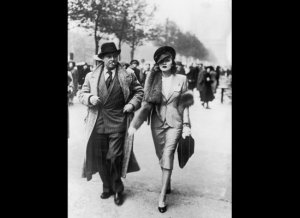
Many of the social and fashionable norms of the past were swept away for the revolutionary fashions of the futures to come. Duly noted this is not a biography on each designer, more like a brief synopsis of what they specifically contributed to Fashion in the 1920s.
Coco Chanel- Responsible for many current trends of the decade, and even more ground breaking trends of the century Chanel popularized the removable of the constricting corset in place for a softer and looser look created by using jersey, a fabric usually reserved men’s underwear. This style was very post-war and liberating for the new modern woman who have evolved beyond the corset.
Jean Patou-French born, Patou introduced sportswear for women in the 1920s known for his cubist sweaters and used of unique dying techniques differentiated his goods from the replicas of the era. He focused on clothes being functional, comfortable and fashionable (fashions pictured right).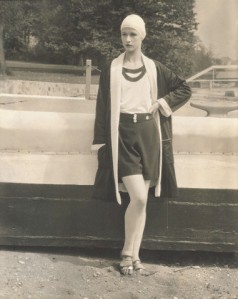
Jeanne Lavin– popular fashions trends as written by Fitzgerald in the Great Gatsby were the made popular by Lavin that introduced heavily beaded pieces and delicate embroideries that became the decade’s signature style. On a larger scale these fashions were still available to the working class with increased production with larger scale factories. If it was not otherwise, then it probably wouldn’t of had the popularity as it did.
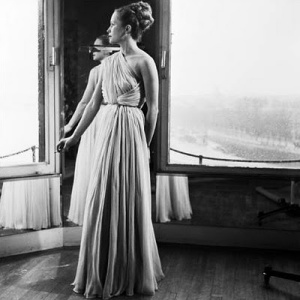
Madeline Vionnet– French designer known for introducing the bias cut into modern day fashion. The bias cut is when a fabric is folded at a 90 degree angle inward and cut along the diagonal which leads to more pull and stretch compared to cutting a fabric with the grain. Cutting on the bias has many benefits; Vionnet used bias cut in drape-y fabrics such as silks, crepes, and satins to exposure the natural curvature of the woman’s body (draping based on bias cut featured left).
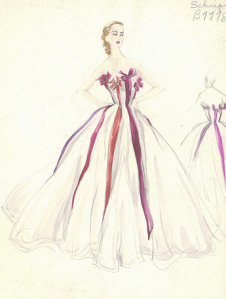
Elsa Schiaparelli– Keen on Surrealism, Schiaparelli had a futuristic vision of fashion unseen by most at the time. She was open to many collaborations and new technologies of the time. Noted her peak was more 1930s era, rather than 1920s, though she was on the rise during this era, (Schiaparelli sketch featured left).

